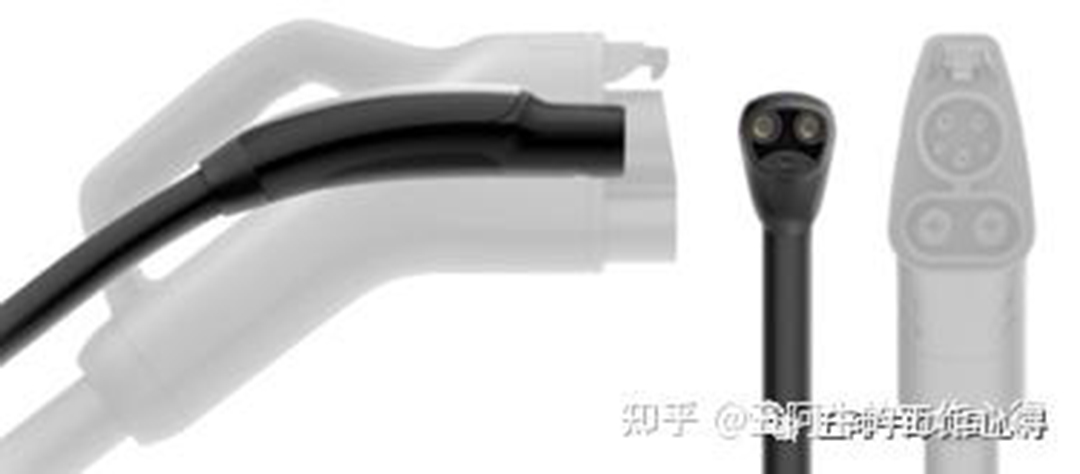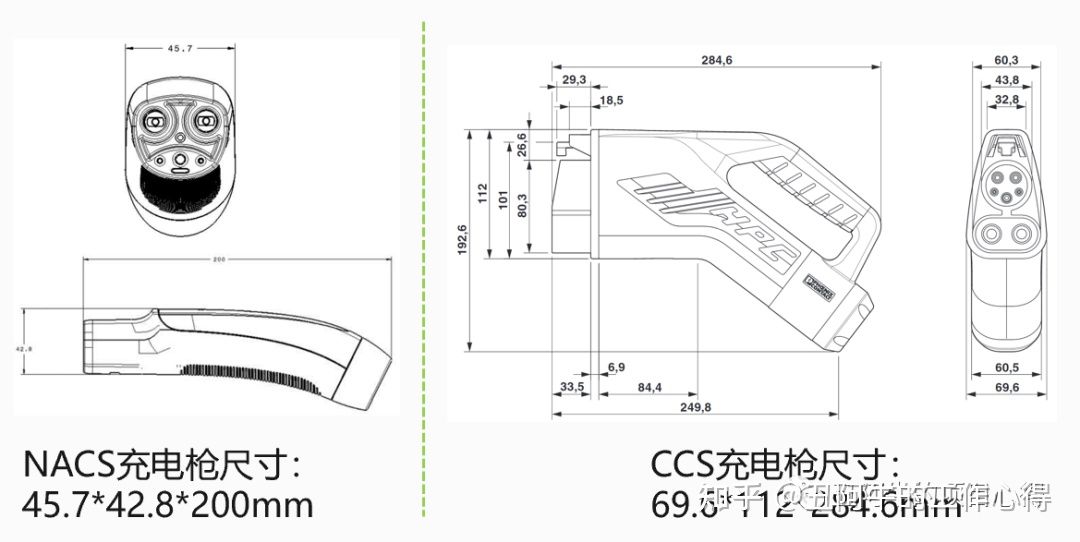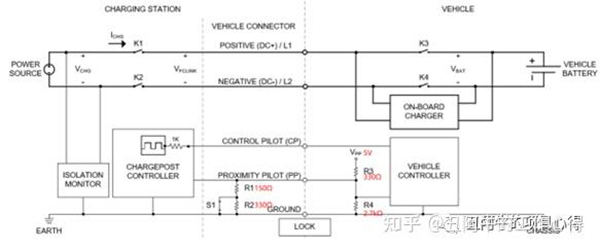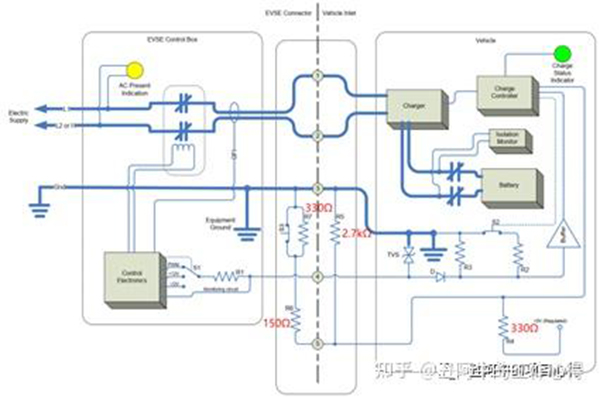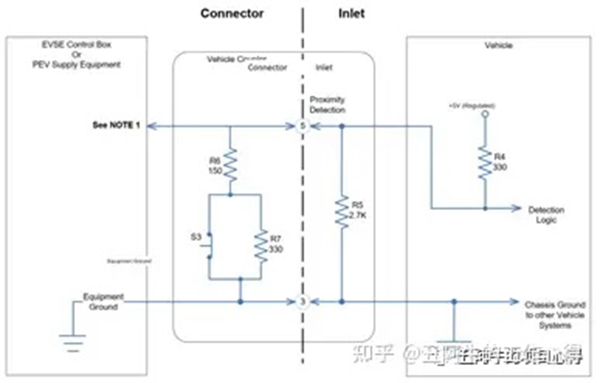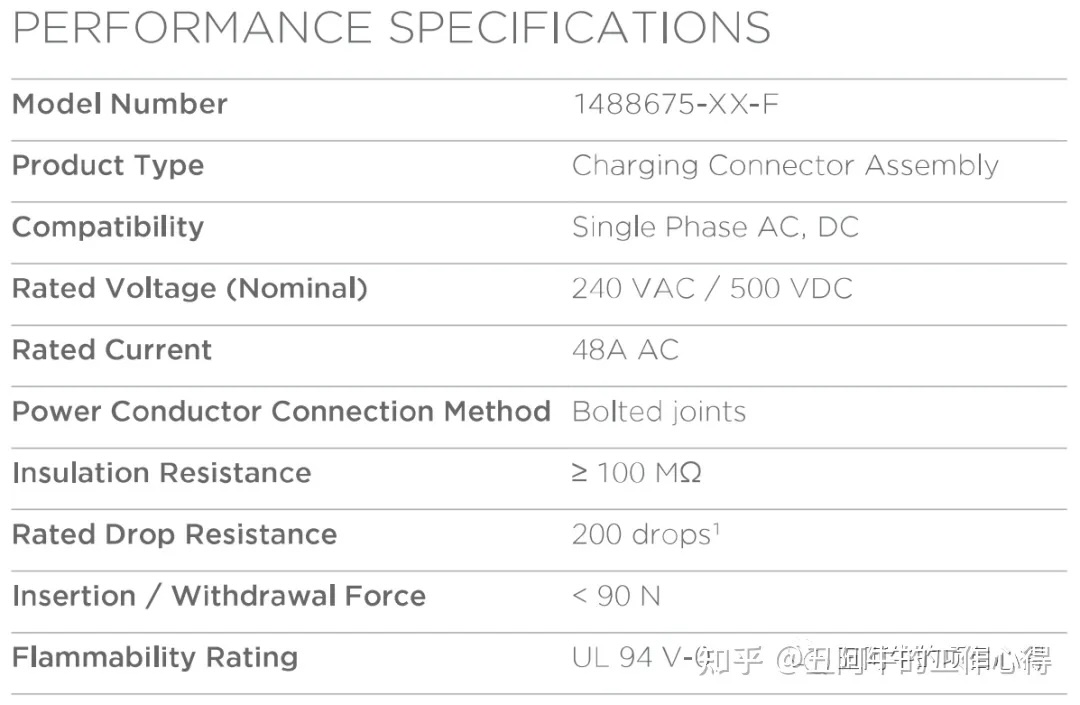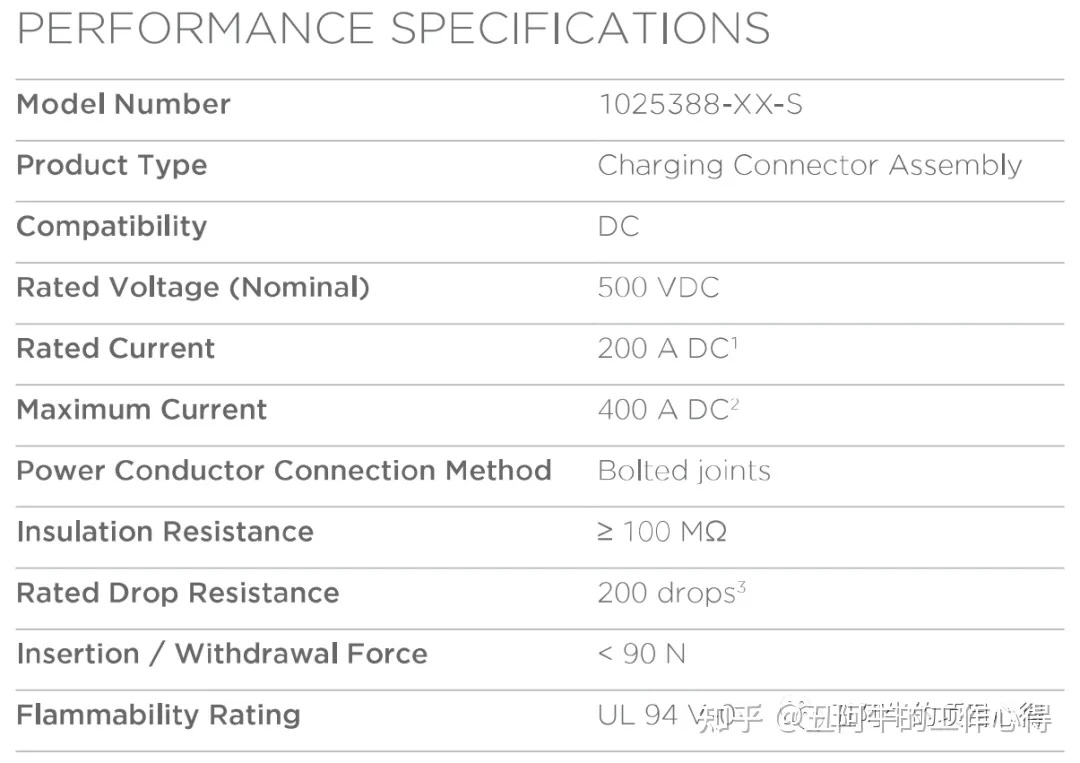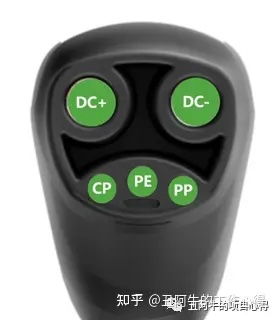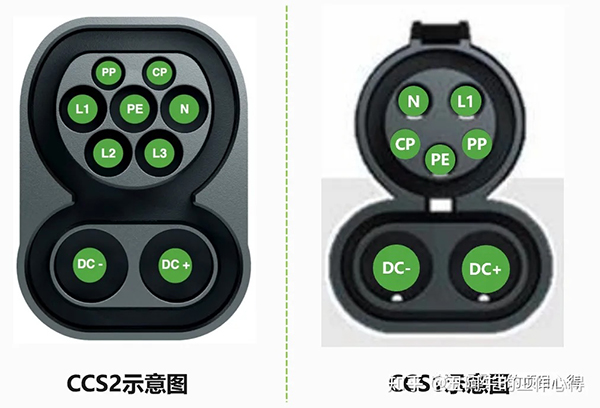Tesla announced its charging standard interface used in North America on November 11, 2022, and named it NACS.
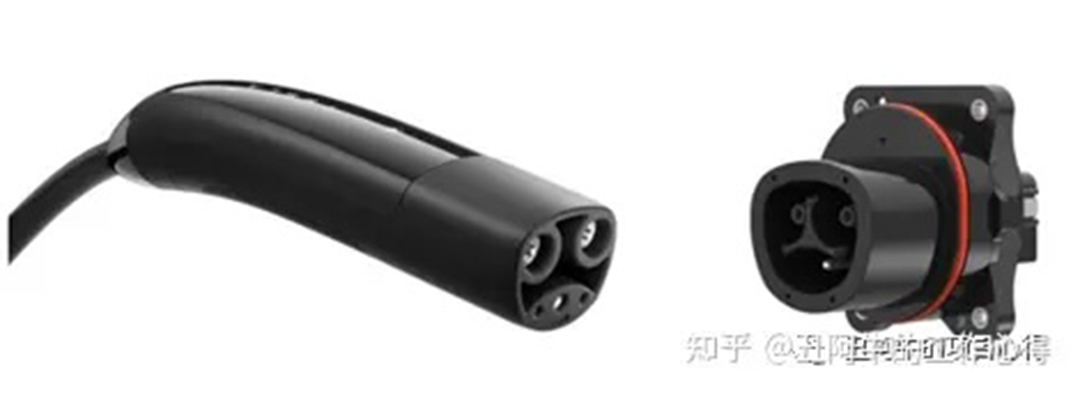 According to Tesla’s official website, the NACS charging interface has a usage mileage of 20 billion and claims to be the most mature charging interface in North America, with its volume only half that of the CCS standard interface. According to the data released by it, due to Tesla’s large global fleet, there are 60% more charging stations using NACS charging interfaces than all CCS stations combined.
According to Tesla’s official website, the NACS charging interface has a usage mileage of 20 billion and claims to be the most mature charging interface in North America, with its volume only half that of the CCS standard interface. According to the data released by it, due to Tesla’s large global fleet, there are 60% more charging stations using NACS charging interfaces than all CCS stations combined.
Currently, the vehicles sold and charging stations built by Tesla in North America all use the NACS standard interface. In China, the GB/T 20234-2015 version of the standard interface is used, and in Europe, the CCS2 standard interface is used. Tesla is currently actively promoting the upgrade of its own standards to North American national standards.
1、First let’s talk about size
According to the information released by Tesla, the size of the NACS charging interface is smaller than that of the CCS. You can take a look at the following size comparison.
Through the above comparison, we can see that the charging head of Tesla NACS is indeed much smaller than that of CCS, and of course the weight will be lighter. This will make the operation more convenient for users, especially girls, and the user experience will be better.
2、Charging system block diagram and communication
According to the information released by Tesla, the system block diagram of NACS is as follows;
The interface circuit of NACS is exactly the same as that of CCS. For the on-board control and detection unit (OBC or BMS) circuit that originally used the CCS standard interface, there is no need to redesign and layout it, and it is fully compatible. This is beneficial to the promotion of NACS.
Of course, there are no restrictions on communication, and it is fully compatible with the requirements of IEC 15118.
3、NACS AC and DC electrical parameters
Tesla also announced the main electrical parameters of the NACS AC and DC sockets. The main parameters are as follows:
Although the AC and DC withstand voltage is only 500V in the specifications, it can actually be expanded to 1000V withstand voltage, which can also meet the current 800V system. According to Tesla, the 800V system will be installed on truck models such as Cybertruck.
4、Interface definition
The interface definition of NACS is as follows:
NACS is an integrated AC and DC socket, while CCS1 and CCS2 have separate AC and DC sockets. Naturally, the overall size is larger than NACS. However, NACS also has a limitation, that is, it is not compatible with markets with AC three-phase power, such as Europe and China. Therefore, in markets with three-phase power such as Europe and China, NACS is difficult to apply.
Therefore, although Tesla’s charging interface has its advantages, such as size and weight, it also has some shortcomings. That is, AC and DC sharing is destined to only be applicable to some markets, and Tesla’s charging interface is not omnipotent. From a personal point of view, the promotion of NACS is not easy. But Tesla’s ambitions are certainly not small, as you can tell from the name.
However, Tesla’s disclosure of its charging interface patent is naturally a good thing in terms of industry or industrial development. After all, the new energy industry is still in the early stages of development, and companies in the industry need to adopt a development attitude and share more technologies for industry exchanges and learning while maintaining their own competitiveness, so as to jointly promote the development and progress of the industry.
Post time: Nov-29-2023

